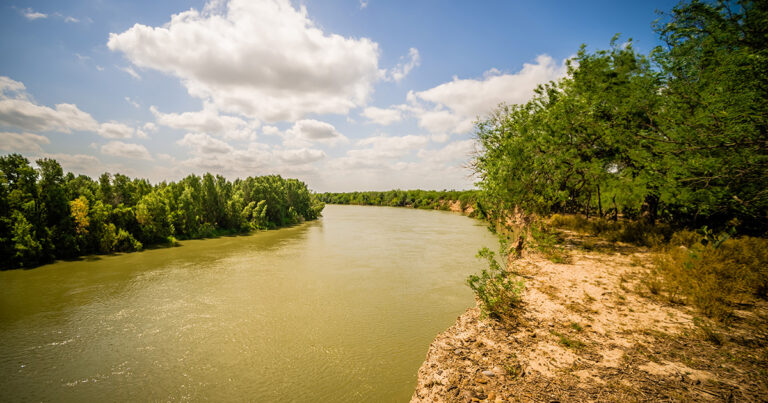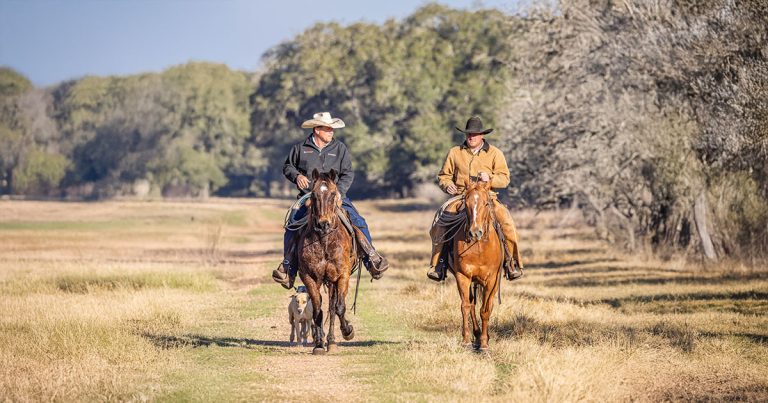The history of rodeo in the United States is a pure reflection of the spirit of the American West. It originated in the sixteenth century when the Spanish and Mexican settlers introduced the breeding of horses and cattle in the Southwest part of the country.
Driven by the practical skills required by cattle ranchers and cowboys, rodeo has evolved into a competitive contest. In the early 1800s the ranch hands, known as vaqueros, had already perfected their roping and riding skills, and the abundance of wild cattle and horses made ranching a profitable business. The adventure of independence in herding cattle was a dream occupation for many young men. By the time the U.S. annexed Texas in 1845, they all were tied to working on large ranches and the freedom became more of a confining range cowboy job.
By the late 1880s the ranching communities had grown, and cowboys finally had a chance to challenge those from other ranches to their riding and roping skills. These low-key competitions soon became an official form of entertainment. The name of the sport is derived from the Spanish verb “rodear” which means to encircle or round up.
Two of the earliest recorded rodeos were held in Pecos, Texas, in 1883, and in Prescott, Arizona, in 1888, (it was the fits event to charge admissions).
As the popularity of these competitions grew, so did the desire to formalize the sport. In 1929 the Rodeo Association of America was formed. It was an official guiding organization consisting of rodeo managers and producers.
After World War II, rodeos grew in popularity and many new venues were created to enjoy this sport with monetary rewards and growing publicity.
The Professional Rodeo Cowboys Association (PRCA) was formed in 1975 and it marked a significant milestone, bringing structure and standardization to the competitions.
Rodeos combine athleticism, horsemanship, and a deep connection to the land and it is often a symbol of community unity.
Structure of the Rodeo Competition
Today’s rodeos typically consist of five main events. National Finals Rodeo (NFR), organized by the PRCA, is considered the premier championship rodeo event held each year in Las Vegas.
Bull Riding
The most popular event is bull riding. Stemming from the tradition of bronc riding, it dates all the way to 1910s. The premise behind the bull riding event is for a cowboy to hang on for eight seconds and remain on the bull while his other hand remains free. If he touches the bull, the rope, or himself with the free hand he is disqualified.
Bronc Riding
With a long history of breaking and training wild horses on the frontier, this competition today includes two events: bareback and saddle.
Bareback cowboys ride horses without saddle or rein while holding onto a leather rigging with one hand. Both bareback and saddle events last for eight seconds. Cowboys are judged on not only staying in control but also on their spurring technique.
Calf Roping
The event requires a cowboy to rope a 250- to 350-pound calf from the back of a horse while bringing his horse to a stop. This event is judged based on time.
Team Roping
Team roping is similar to calf roping except for the size of the cattle being roped, which requires team ropers to work together because the steers are often too big for one person.
Steer Wrestling
Steer wrestling also known as bulldogging, comes to the US from Ancient Greece and it was considered a part of traditions throughout the Mediterranean. American cowboy Bill Pickett first performed it in the early 1900s, and steer wrestling became a part of the rodeo event.
Women’s Events
Rodeo events also include women’s barrel racing. Riders must go around a series of barrels in the shortest time possible, demonstrating their agility and ability to control their horse in tight spaces.
Modern Rodeo: A Fusion of Tradition and Innovation
Modern-day rodeos are very much focused on production and the desire to deliver an outstanding show. Contestants often travel the nation, and their animals are treated like celebrities living a life of luxury. Rodeo events, with their thrilling competitions and displays of skill, continue to attract enthusiasts and spectators, drawing people to witness the excitement and honor the traditions of the American West.






